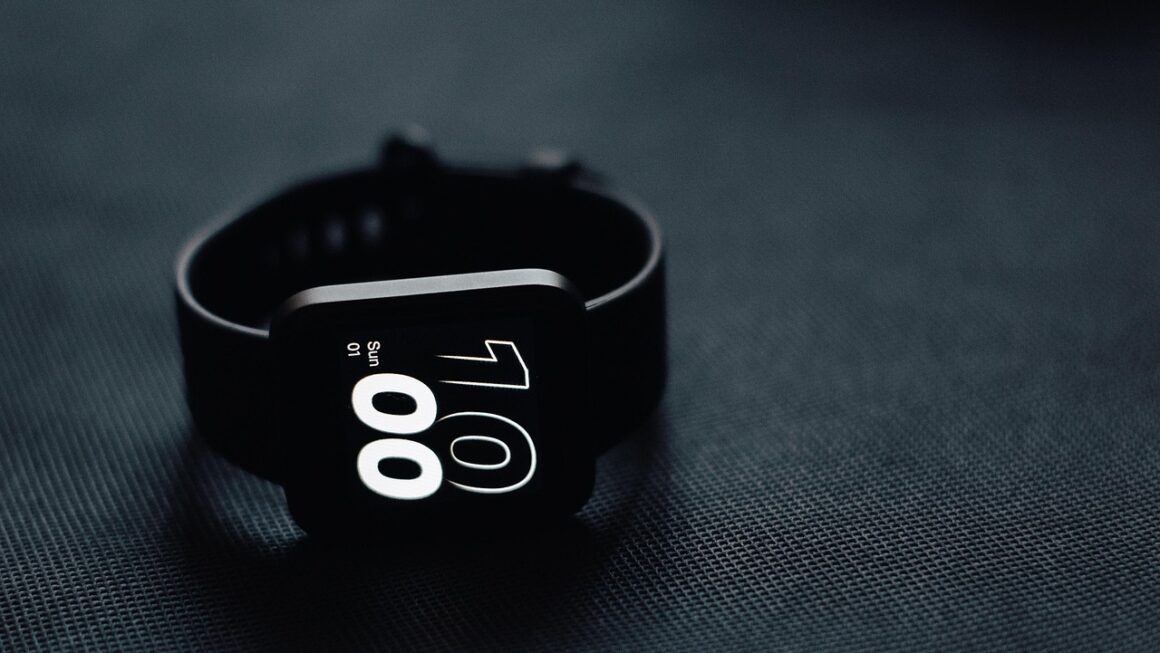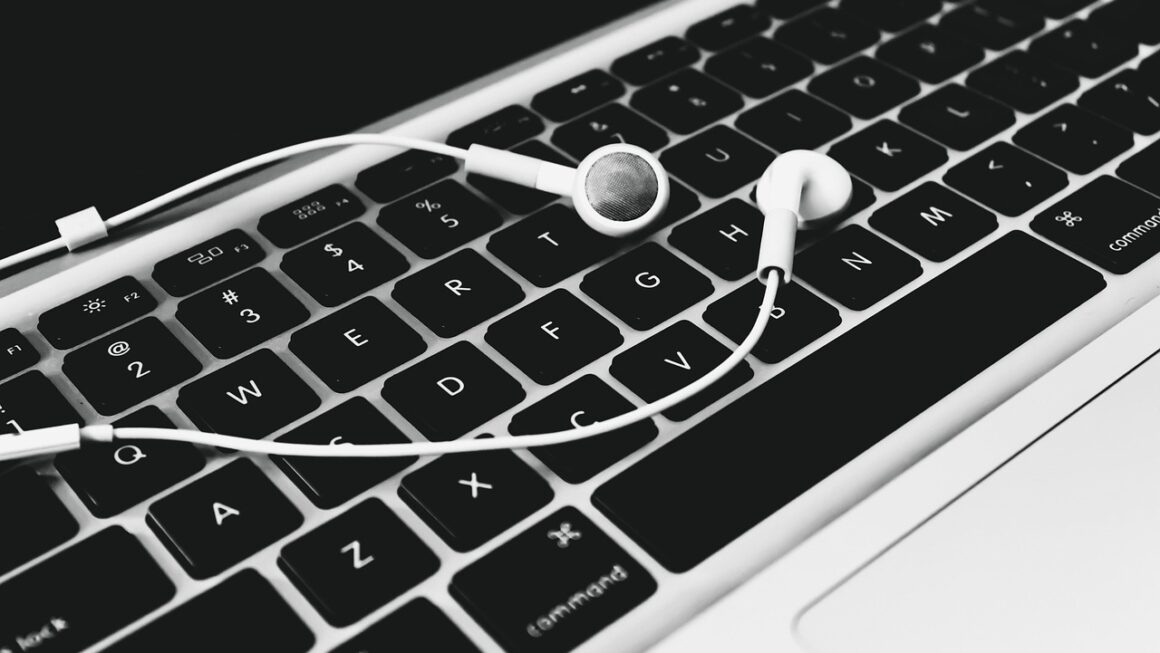Fitness trackers have exploded in popularity, transforming from simple pedometers to sophisticated devices that monitor everything from heart rate and sleep patterns to activity levels and stress. If you’re looking to take control of your health and fitness, a fitness tracker could be a valuable tool. This guide explores the world of fitness trackers, helping you understand their features, benefits, and how to choose the right one for your needs.
Understanding Fitness Trackers
What are Fitness Trackers?
Fitness trackers are wearable devices designed to monitor and track various aspects of your physical activity and health. They use sensors to collect data, which is then displayed on the device itself or synced to a smartphone app for further analysis. The core function is to provide insights into your daily habits and help you make informed decisions to improve your overall well-being.
Key Features of Fitness Trackers
Modern fitness trackers boast a wide array of features, making them versatile tools for health monitoring. Here are some common features:
- Step Tracking: Measures the number of steps you take each day.
Example: Set a daily step goal and monitor your progress throughout the day.
- Distance Tracking: Calculates the distance you’ve travelled based on your steps.
- Calorie Tracking: Estimates the number of calories you’ve burned based on your activity level and personal data.
- Heart Rate Monitoring: Continuously tracks your heart rate, providing insights into your cardiovascular health.
Example: Monitor your heart rate zones during workouts to optimize training intensity.
- Sleep Tracking: Monitors your sleep patterns, including sleep duration, sleep stages (light, deep, REM), and sleep quality.
- Activity Tracking: Recognizes and tracks various types of exercises, such as running, cycling, swimming, and weightlifting.
- GPS Tracking: Uses GPS to track your outdoor activities, providing accurate distance, pace, and route information.
- Smartphone Notifications: Displays notifications from your smartphone, such as calls, texts, and app alerts.
- Water Resistance: Designed to withstand water exposure, making them suitable for swimming and other water activities.
- Blood Oxygen Saturation (SpO2) Monitoring: Measures the percentage of oxygen in your blood.
- Stress Tracking: Estimates your stress levels based on heart rate variability.
Benefits of Using a Fitness Tracker
Using a fitness tracker can offer numerous benefits, helping you achieve your health and fitness goals. Here are some key advantages:
Increased Motivation and Awareness
Fitness trackers can provide a constant reminder to stay active and healthy. By tracking your progress and providing feedback, they can help you stay motivated and accountable. Studies show that people who use fitness trackers tend to be more active than those who don’t.
- Example: Seeing your daily step count increase can motivate you to take the stairs instead of the elevator.
- Actionable Takeaway: Set realistic daily goals and celebrate your achievements to stay motivated.
Improved Goal Setting and Tracking
Fitness trackers allow you to set specific goals, such as increasing your daily step count, improving your sleep duration, or reducing your resting heart rate. By tracking your progress towards these goals, you can make adjustments as needed and stay on track.
- Example: Use the tracker to monitor your sleep duration and identify patterns that affect your sleep quality.
- Actionable Takeaway: Break down large goals into smaller, manageable steps and track your progress regularly.
Enhanced Health Monitoring
Fitness trackers provide valuable insights into various aspects of your health, such as your heart rate, sleep patterns, and activity levels. This information can help you identify potential health issues and take proactive steps to address them. Monitoring your resting heart rate, for example, can give you insights into your overall cardiovascular fitness.
- Example: Regularly monitor your heart rate during exercise to ensure you’re training within your target heart rate zone.
- Actionable Takeaway: Share your health data with your doctor to get personalized advice and recommendations.
Data-Driven Insights
Fitness trackers collect a wealth of data about your daily habits. This data can be used to identify patterns, trends, and areas for improvement. For example, you might notice that you tend to be less active on weekends or that your sleep quality is poor on nights when you drink alcohol.
- Example: Analyze your sleep data to identify factors that affect your sleep quality and make adjustments to your bedtime routine.
- Actionable Takeaway: Review your data regularly and look for patterns that can help you improve your health and fitness.
Choosing the Right Fitness Tracker
With so many fitness trackers on the market, choosing the right one can be overwhelming. Here are some factors to consider:
Feature Set
Determine which features are most important to you. Do you need GPS tracking for outdoor activities? Are you interested in heart rate monitoring or sleep tracking? Choose a tracker that offers the features you need and will actually use.
- Example: If you’re a runner, prioritize a tracker with built-in GPS and accurate pace tracking.
- Actionable Takeaway: Make a list of your must-have features before you start shopping.
Battery Life
Consider the battery life of the tracker. Some trackers can last for several days on a single charge, while others need to be charged daily. Choose a tracker with a battery life that meets your needs.
- Example: If you travel frequently, choose a tracker with a long battery life to avoid the hassle of frequent charging.
- Actionable Takeaway: Read reviews to get an accurate estimate of the tracker’s real-world battery life.
Comfort and Design
Choose a tracker that is comfortable to wear and has a design that you like. You’ll be wearing it all day, so it’s important that it fits well and doesn’t irritate your skin.
- Example: Try on different trackers to see which one feels most comfortable on your wrist.
- Actionable Takeaway: Look for trackers with adjustable straps and breathable materials.
Price
Fitness trackers range in price from around $30 to several hundred dollars. Set a budget and choose a tracker that offers the best value for your money.
- Example: Consider a mid-range tracker that offers a good balance of features and price.
- Actionable Takeaway: Compare prices from different retailers before making a purchase.
Compatibility
Ensure the fitness tracker is compatible with your smartphone operating system (iOS or Android). Also, check if the tracker’s app integrates with other health and fitness apps you may already use. This ensures seamless data syncing and a unified view of your health information.
Maximizing the Effectiveness of Your Fitness Tracker
Simply owning a fitness tracker isn’t enough; you need to use it effectively to see results. Here are some tips:
Setting Realistic Goals
Start by setting small, achievable goals. Trying to do too much too soon can lead to burnout and discouragement. Gradually increase your goals as you progress.
- Example: Instead of aiming for 10,000 steps per day right away, start with 7,000 and gradually increase it over time.
Regularly Reviewing Your Data
Take time to review your data regularly. Look for patterns, trends, and areas for improvement. Use this information to make informed decisions about your health and fitness.
- Example: Analyze your sleep data to identify factors that affect your sleep quality and make adjustments to your bedtime routine.
Staying Consistent
The key to success with a fitness tracker is consistency. Wear it every day and make a habit of tracking your progress. The more consistent you are, the more likely you are to see results.
- Example: Wear your tracker even on weekends and during vacations to maintain a consistent record of your activity levels.
Integrating with Other Apps
Connect your fitness tracker to other health and fitness apps to get a more comprehensive view of your health data. Many trackers integrate with popular apps like MyFitnessPal, Strava, and Google Fit.
Don’t Rely on it Completely
While fitness trackers are helpful tools, they aren’t perfect. The data they provide is an estimate, not an exact measurement. Don’t rely solely on your tracker for health decisions. Consult with your doctor or a qualified healthcare professional for personalized advice.
Conclusion
Fitness trackers can be powerful tools for improving your health and fitness. By understanding their features, benefits, and how to use them effectively, you can take control of your well-being and achieve your goals. Remember to choose a tracker that meets your needs, set realistic goals, and stay consistent. With the right approach, a fitness tracker can be a valuable companion on your journey to a healthier, more active lifestyle.




